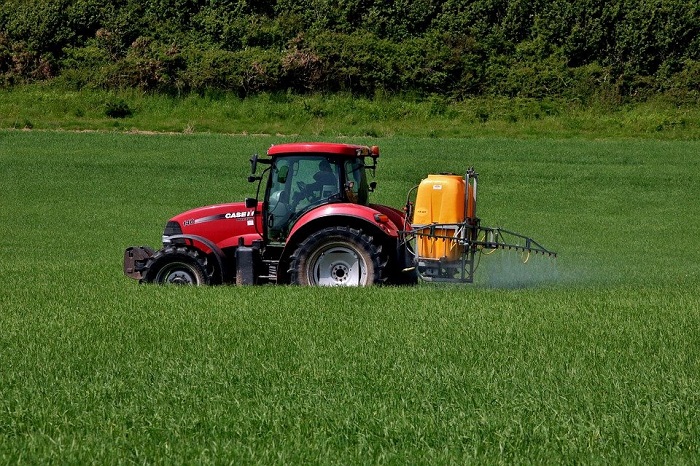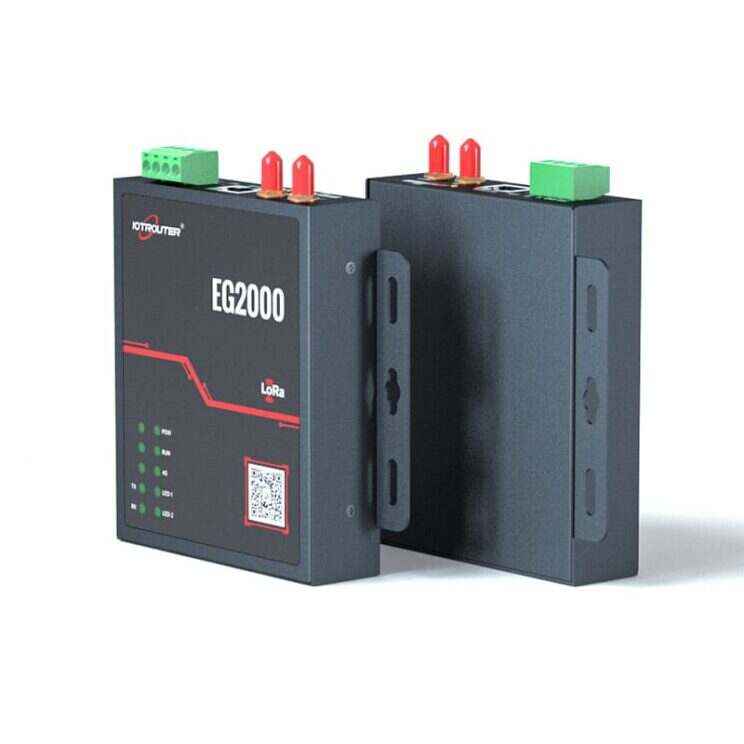Overspraying of herbicides poses serious challenges to agriculture. With traditional spraying techniques, farmers lose money by futilely spraying herbicides. In addition, these chemicals pollute the soil and damage the environment, while the weeds themselves can become resistant to herbicides.
Smart spray solutions can reduce herbicide costs by 90% because they are applied selectively only on weeds. Some of the most prominent technologies that enable farmers to move from broad spraying to IoT smart spraying are GPS navigation, machine learning algorithms, and computer vision for weed identification.
Key challenges in precision herbicide application
Using traditional methods, farmers face 4 main challenges that impact herbicide application, and technological advances can address these challenges before and during spraying.
1. Herbicide risk assessment
Often, farmers are unable to adequately assess the risks associated with herbicide applications. Farmland may be located near public facilities, and wind, rain and groundwater can harm the environment by spreading chemicals over a wider area. And suppliers of herbicides to agricultural businesses can contribute to the sustainable use of their products at an early stage, even before they sell herbicides to farmers.
Solution: A risk assessment system that relies on dynamic field data, site terrain heat maps and the location of nearby objects can recommend spraying plans for each field plot and adjust herbicide sales strategies. This will allow farmers to assess farmland conditions and potential risks to the entire ecosystem, including risks such as landslides, groundwater contamination and natural resource loss.
2. Real-time weed identification
Even a precise weed spraying schedule cannot ensure that soil and healthy crops are protected from herbicide damage. A wide spread sprayer applies herbicide to all crops within its operating area, regardless of whether they are weeds or not. Smart sprayers can identify weeds and spray as they move, and the time window for spraying is about 300 milliseconds, which should happen in the blink of an eye.
Solution: Computer vision and object detection play a crucial role in this process. Cameras capture images of the sprayed area, artificial intelligence (AI) engines detect weeds, and when the sprayers reach the weeds, the sprinkler heads receive a signal and spray a specific dose of herbicide only at the determined location.
3. Delay spraying
The best time to apply herbicide is while the weed canopy is still growing. At this stage, less dosage is needed to get rid of the weeds. Conversely, late applications increase the risk that the herbicide will only be sprayed on the leaf canopy without reaching the roots, thereby reducing spray effectiveness.
Solution: Accurate mapping and data analysis allow for timely application of herbicides on weeds. Using drones to collect field images and applying algorithms for identification can plan spraying at the early stages of weed growth, while mapping technology helps accurately distribute herbicides across each field plot, allowing for efficient spraying.
4. Turning in the field
When spraying herbicide, agricultural machinery turns and reduces its speed, while the flow of herbicide remains constant. This can lead to overspray around turns. Given that sprinklers typically move along the same route each time, the same locations receive an excess dose every year.
Solution: GPS navigation for agricultural machinery is not a new concept, but linking steering and fluid flow could be the next big thing for agricultural technology companies. A smart nozzle system controlled by GPS provides immediate response with relevant dosage at every turn of the site.
From traditional spraying to smart spraying technology
Agritech companies agree that the traditional method of spraying weeds using wide-spray sprinklers needs significant adjustments. Growers are looking to improve tried-and-tested equipment with software technology to increase spraying accuracy.
The technologies that have made the greatest contribution to improving spraying accuracy are GPS automatic steering and guidance, automatic control of boom height to adapt to terrain changes, and pulse modulation technology that adjusts dosage according to sprayer speed.

Resuma
Smart spray technology saves farmers and agricultural businesses money by eliminating herbicide waste caused by wide-spread spraying. In addition to predictable and increased return on investment, smart spraying prevents harmful doses of herbicides from being sprayed on fields and spreading into the environment.
Herbicides are critical to increasing agricultural productivity to feed a growing population. Nonetheless, its administration should still be controlled. IoT smart farm spraying software and sustainability concepts can help agricultural companies produce and sell herbicides wisely and assess all herbicide-related risks.


